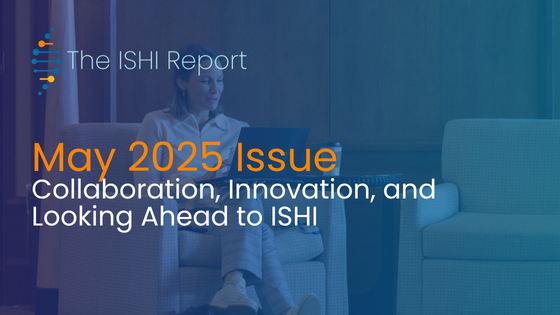As spring unfolds and we look ahead to ISHI 36 in West Palm Beach, the May issue of The ISHI Report is now live—and it’s one you won’t want to miss.

This edition opens with an extraordinary case that bridges forensic science and military history. In DNA Identification of Unknown World War II Remains from the Tokyo Prison Fire, we follow the team at the Armed Forces DNA Identification Laboratory as they work to identify the remains of American airmen killed in a 1945 firebombing raid. Through next-generation sequencing and meticulous osteological work, scientists are giving names back to the unknown—nearly 80 years after the war ended.
From there, we travel to Austria, where Dr. Walther Parson and his team are reshaping the field of forensic genetics. In Legacy in the Mitochondria, we explore how Parson’s lab has become not just a hub of innovation, but a model of mentorship, collaboration, and enduring scientific impact.
We also turn our focus to Africa, where Yahaya Sumara Sulley issues a powerful call for readiness, investment, and equity in Forensic Genomics in Africa. His piece offers a sweeping look at both the challenges and the potential for a genomic future rooted in local leadership and cultural respect.
Closer to home, Behind the Bench tackles one of the most pressing issues facing forensic professionals today: burnout. Jennifer Dillon shares her insight into how lab leadership can take meaningful action to support the mental health and resilience of their teams—an issue that continues to surface in labs around the world.
And for those considering the future of investigative genetic genealogy (IGG), Cairenn Binder of Ramapo College offers a hands-on look at building internal IGG programs from the ground up. Building the Framework isn’t just about infrastructure—it’s about how to lead responsibly in a field that’s still finding its footing.
These stories remind us that forensic science is about more than casework. It’s about people—those we serve, those we work alongside, and those we’ve yet to meet.
Whether you’re solving historical mysteries, building new forensic programs, or working to foster healthier lab cultures, your efforts make a lasting impact.
Read the full issue and join the conversation as we continue shaping the future of forensic DNA.

